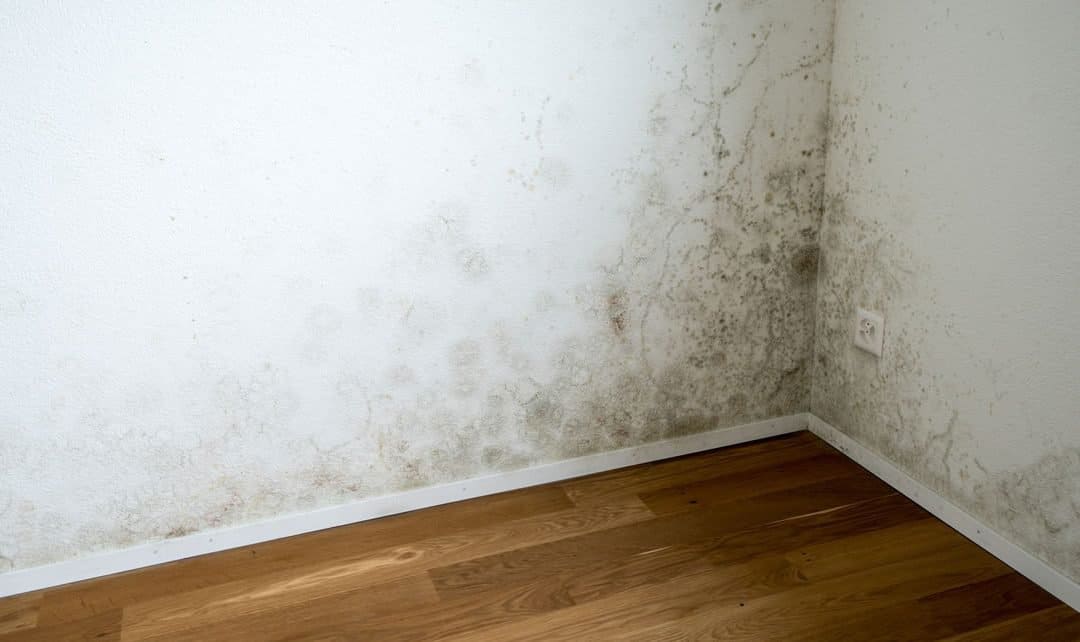People are exposed to mould spores daily in the air they breathe. However, sometimes mould can grow excessively in certain areas called “amplification sites” and can cause different types of illnesses.
Some moulds are more hazardous than others and different people have different responses to mould exposure. Those with allergies, existing respiratory conditions or suppressed immune systems are especially susceptible to health problems from mould exposure. Researchers have identified that some fungi in indoor environments can induce allergic and irritant responses, infectious diseases, respiratory problems, hypersensitivity reactions and organ toxicity.
In addition, some moulds produce chemicals called mycotoxins, which can cause flu-like symptoms. In some cases, health problems that are attributable to mould are temporary and can be controlled by limiting exposure to moulds.
Several factors that affect mould growth are:
Nutrient availability:
Nutrients absorb moisture to maintain a favourable environment for mould growth and can be found on many surfaces, including soil, dirt, wood, cellulose (paper, ceiling tile, jute carpet backing, cork, pipe, wrap) and some forms of insulation.
Moisture content:
The amount of moisture in a material influences how an organism can support growth. Moisture sources include condensation in humid rooms, on windows, walls, unheated closets, dampness under carpets, shower curtains and periodic wet sections in the duct work of air-conditioned ventilation.
Temperature:
Moulds typically require temperatures between 5 C and 38 C to grow.
Past studies have shown that up to 90 per cent of mould growth is not visible on the surface, which means that an invasive inspection would be necessary to make a complete assessment of the extent of mould contamination.
Jeffrey Brookfield manages the Canadian operations for AmeriSpec of Canada. In his 35-year career as a consultant, in executive management roles and as an AmeriSpec business owner he is known for being an innovator and a strategist. Most recently, he conceptualized and led the development of HomeScore App – a first-in-class web-based tool that helps homebuyers score, rate, compare and share homes that they’ve been shown by their Realtor.












